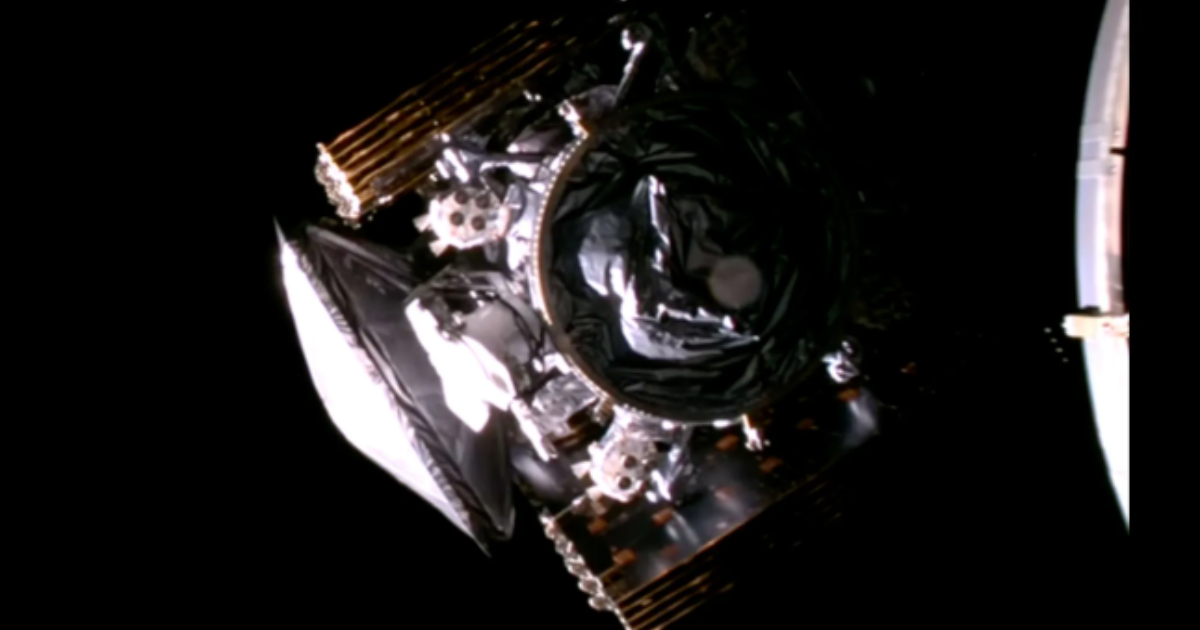
There are many interesting things in space that need to be studied, watched, and just enjoyed.
The one thing that is almost universally seen as the more important question about space, however, is whether or not there is life out there.
This is why so many people are excited about NASA’s Europa Clipper mission, which launched on October 14, 2024.
The Europa Clipper, as the name implies, is on its way to Europa, which is one of Jupiter’s moons.
It is widely considered to be the place in our solar system that is most likely to have life (other than Earth, of course).
It is a relatively small probe and it has to travel about five and a half years before it will reach this moon, but once it gets there it will hopefully answer the question of whether there is life in the subsurface ocean that exists below the icy surface of the moon.
While this mission has already overcome the first major obstacle by launching, there are still many challenges it needs to get past. For one, as it approaches Europa, it will have to endure Jupiter’s powerful magnetic field. It is 20,000 times stronger than Earth’s, so NASA engineers had to come up with ways to protect it.
Jordan Evans, the project manager for the Europa Clipper mission, told CNN:
“Jupiter’s engulfed in more radiation than any planet in our solar system, and that’s one of the reasons why exploring the Jupiter system is so challenging. Europa sits near the outer edge of the worst part of that radiation belt.”
It is worth the effort, however, because this moon has everything necessary to support life.
Curt Niebur, a program scientist for the mission, commented on this in the interview:
“It’s a chance for us to explore, not a world that might have been habitable billions of years ago, but a world that might be habitable today.”
The fact that it is possible that there is life currently there makes this an obvious choice when it comes to planning missions.
While the Europa Clipper will be able to gather a lot of information to send back to Earth, it actually can’t directly detect life. Instead, it will look for the various ingredients for life and any signs that life is present. If it is confirmed that life is likely, additional missions will be planned.
One of the most exciting things about determining if this moon has everything necessary for life is that it would show that habitable worlds are actually quite common. To have more than one in a single solar system would open up a lot of possibilities. Niebur explained:
“If we get there and we do this investigation, and the good news is it has all the ingredients and it is habitable, what that means is that there are two places in one solar system that have all the ingredients for life that are habitable right now at the same time. Think of what that means when you extend that result to the billions and billions of other solar systems in this galaxy.”
To learn more about this mission and watch its exciting launch, check out this brief video:
Scientists are anxiously waiting for this mission to start producing information.
If you thought that was interesting, you might like to read about why we should be worried about the leak in the bottom of the ocean.